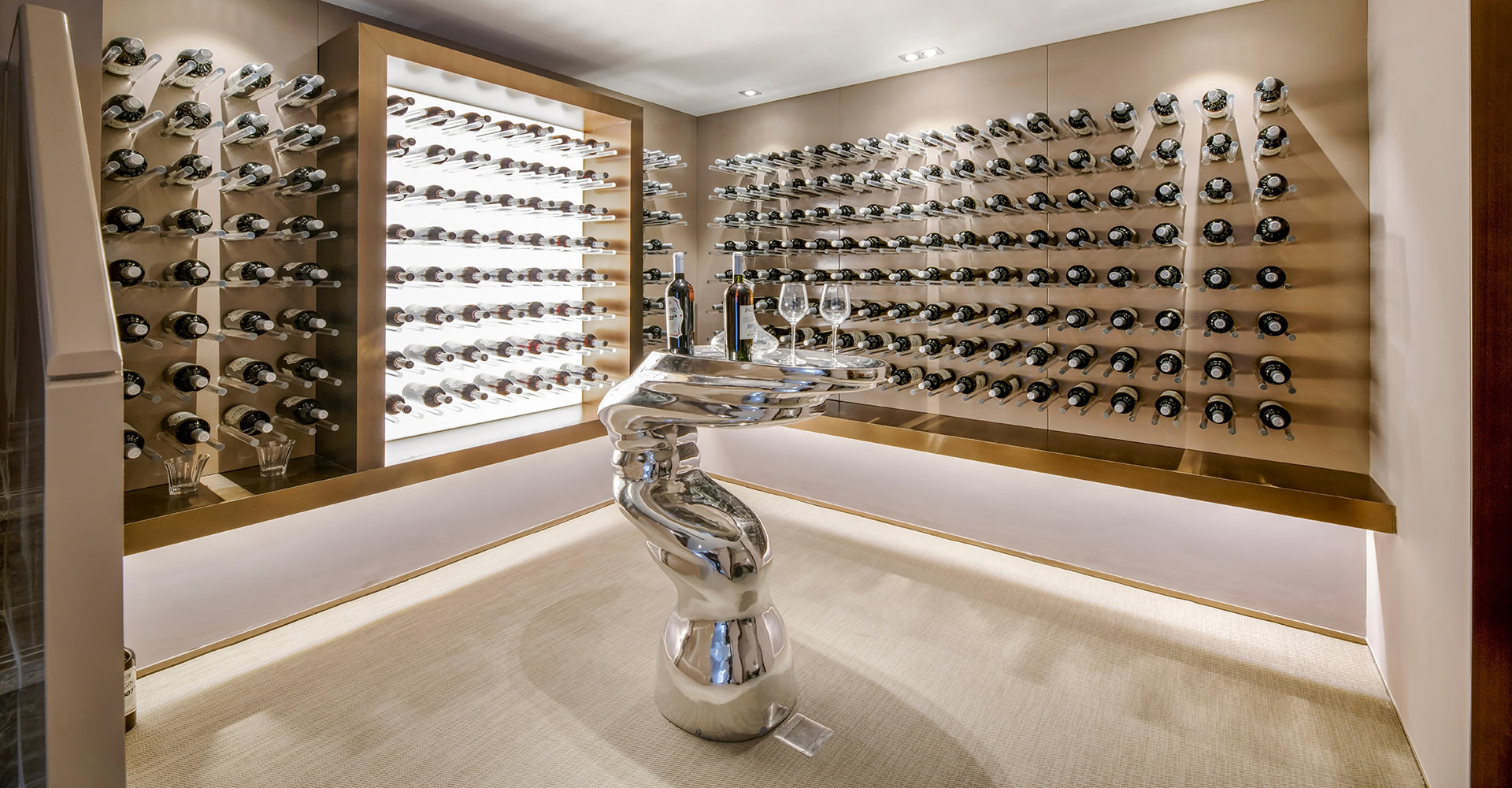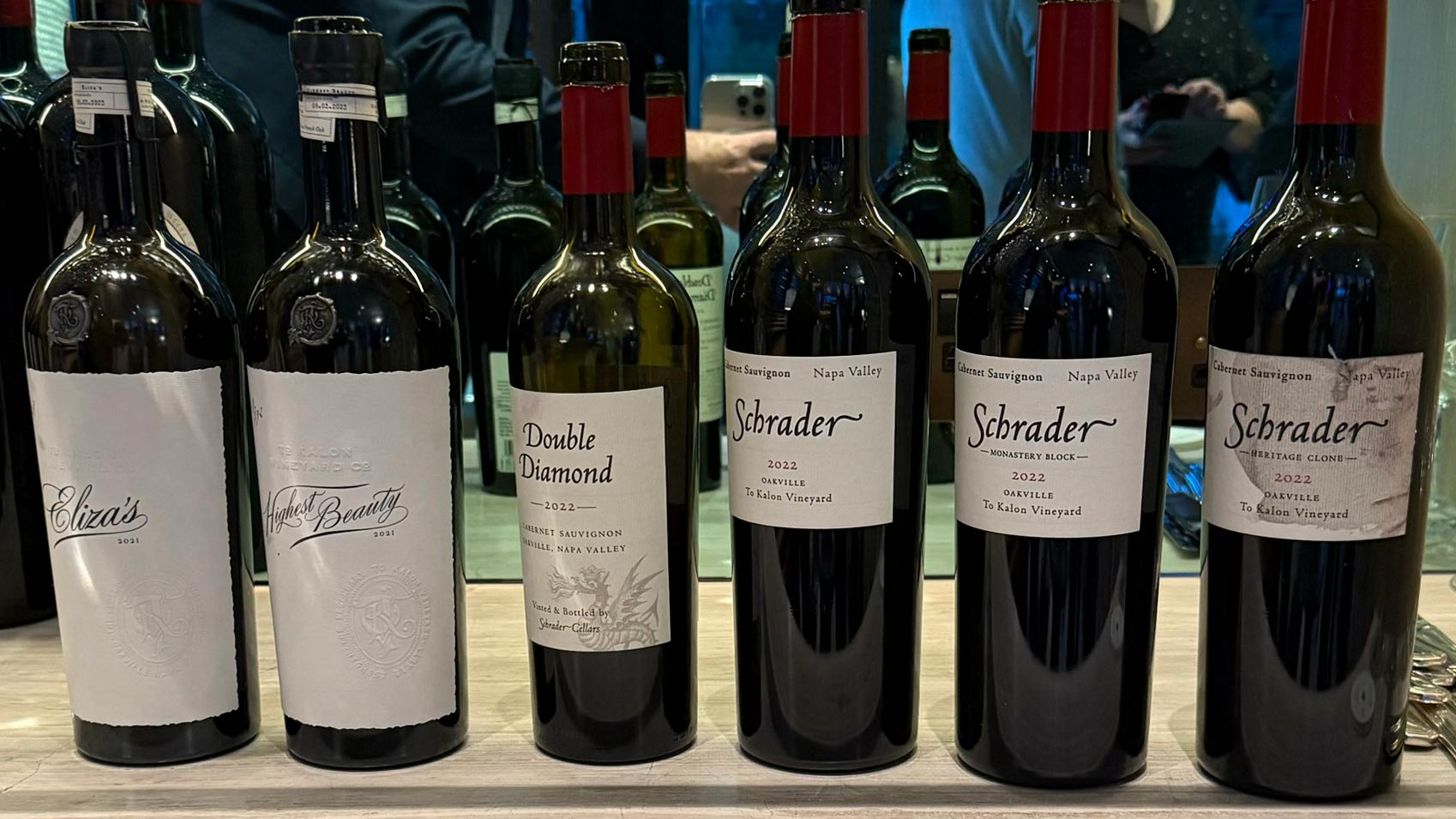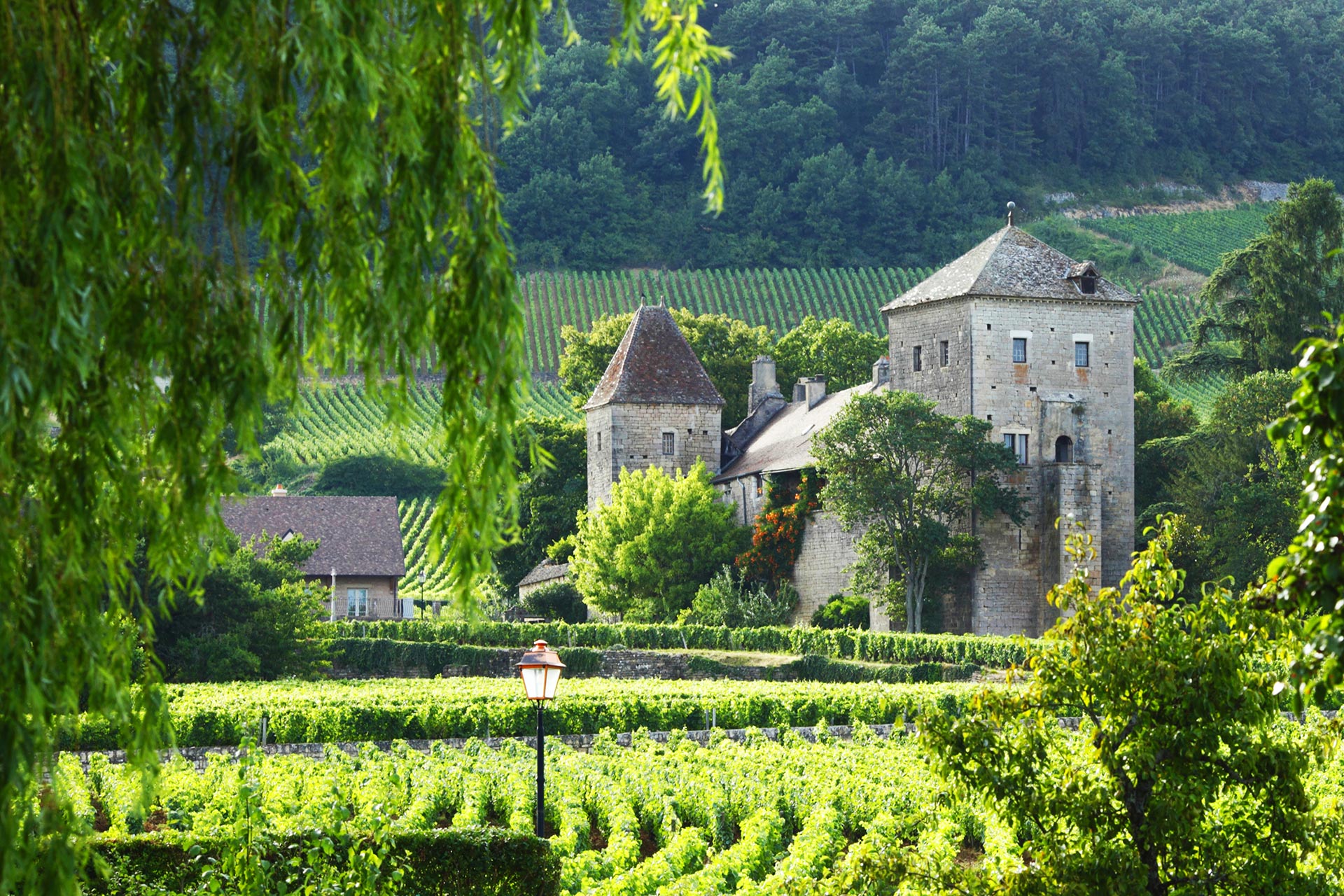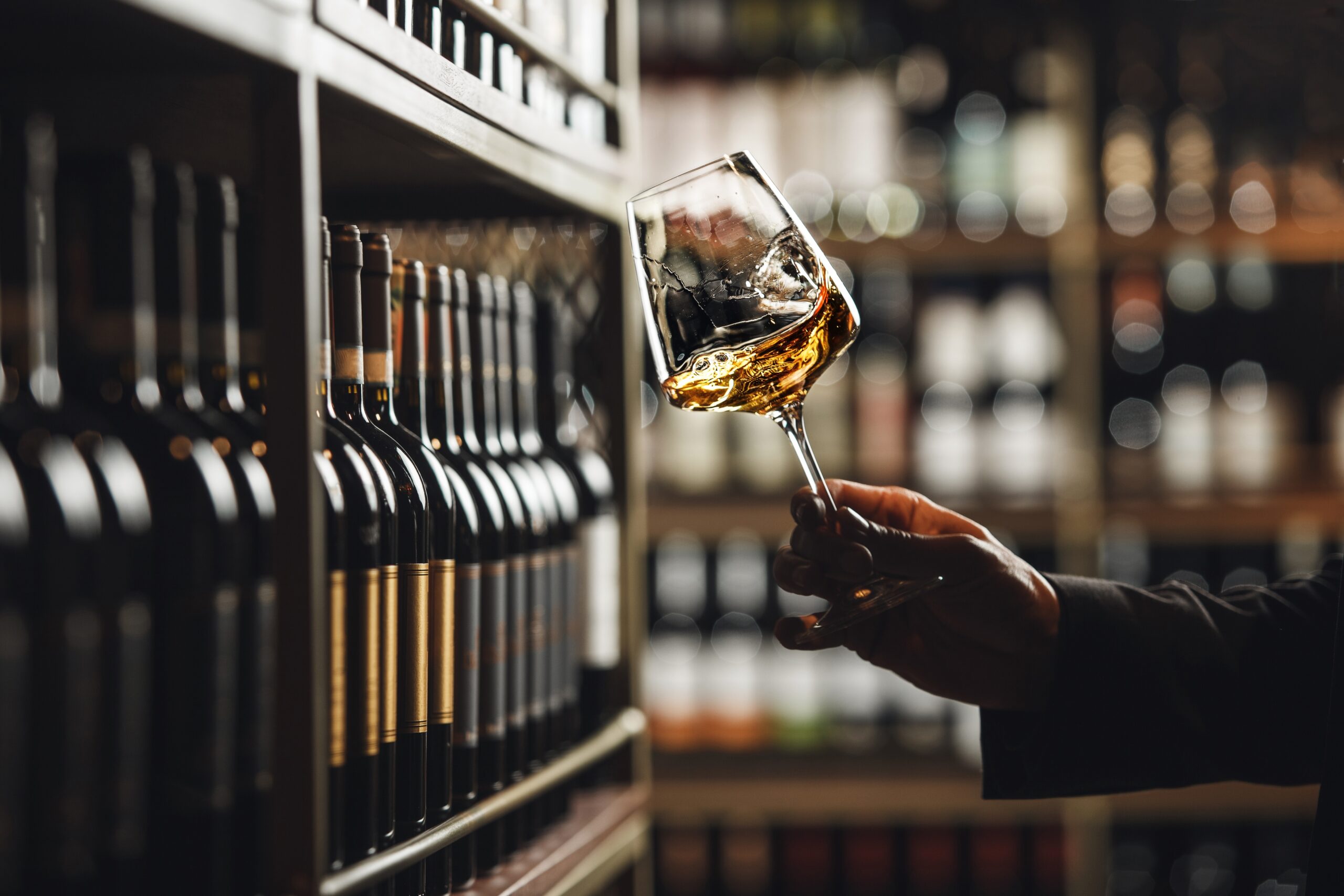Welcome to Wine’s Midlife Crisis
The wine world in 2025 is in a twist. Not a swirl-in-the-glass kind of twist, but a tangled knot of climate chaos, price shocks, geopolitical spats, and Gen Z side-eyes. The global wine market and wine trade have hit a curious phase: fewer grapes, fewer drinkers, but somehow, higher prices. It’s as if wine woke up one morning, looked in the mirror, and decided it needed a rebrand.
A Shrinking Vineyard and a Shrinking Throat
Let’s start with the sobering news: 2024 saw the lowest wine production in over 60 years. Blame it on climate change, with a dash of economic gloom. Wild weather and mildew-riddled vines aren’t exactly helping the cause. Meanwhile, global consumption dropped to levels last seen when JFK was still president. Wine’s once-loyal Boomers are retiring their corkscrews, and Millennials are saying “cheers” with cocktails instead.
Yet, the wine trade isn’t in complete freefall. Export volumes have stalled, but values are near record highs, thanks to the growing appetite for premium drops. In short: fewer people are drinking wine, but those who do are splurging like it’s a Burgundy black-tie gala.
NOLO, YOLO: Less Booze, More Buzzwords
Consumers are going dry – or at least damp. The “moderation” trend has turned from wellness whisper to full-blown shout. Enter NOLO (No-and-Low Alcohol) wines: bubbly, still, and increasingly pricey. Millennials are lapping them up – along with non-alcoholic champagnes that cost more than a small car service.
It’s not just about what’s in the bottle. Sustainability, authenticity, and a good story have become as important as taste. If your label doesn’t scream “eco” or “crafted by moonlight in a biodynamic vineyard”, Gen Z won’t even glance.
The Market Goes Bipolar (And Bifurcated)
We’re now living in a K-shaped wine economy. One arm stretches up with premium wines, exclusive tastings, and digital sommeliers. The other plunges into the bargain bin as budget-conscious drinkers opt for beer, RTDs, or plain abstinence.
Middle-tier wines? They’re the Chardonnay of 2010 – out of fashion and out of luck.
Wine Diplomacy and the Global Grape Dance
Let’s not forget politics – because tariffs, Brexit, and global spats are also stomping grapes. Australia’s rebound in China is a masterclass in comeback strategy. But the UK’s new import hurdles post-Brexit? A bureaucratic hangover with a tax twist.
Meanwhile, the market is de-globalising. Think tailored strategies for the West, East, and South – each with their own quirks, currencies, and consumption cues. There’s no one-size-fits-all anymore. If you’re still relying on a single global plan, it’s time to uncork reality.
Strategic Sips for Surviving 2025
To survive (and thrive) in the current wine market, wineries and brands must:
- Innovate like your Merlot depends on it. Think AI, alternative grapes, and canned formats with flair.
- Get digital-savvy. DTC (Direct-to-Consumer) is the new tasting room. And yes, TikTok matters.
- Tell better stories. Wine is no longer just a drink; it’s a vibe, a value, a lifestyle.
- Adapt to climate change. Higher altitudes, heat-resistant grapes, and serious investment are the new terroir.
Final Swirl: What’s Next for the Wine Trade?
The wine trade in 2025 isn’t dead. It’s just changing wardrobes. Like a fine vintage decanted into a new glass, the future of wine lies in premium experiences, digital reach, sustainable swagger, and stories that sell.
For those in the wine business: innovate or evaporate. For the rest of us: sip thoughtfully. The future may be unpredictable, but a good glass of wine remains a timeless pleasure.



